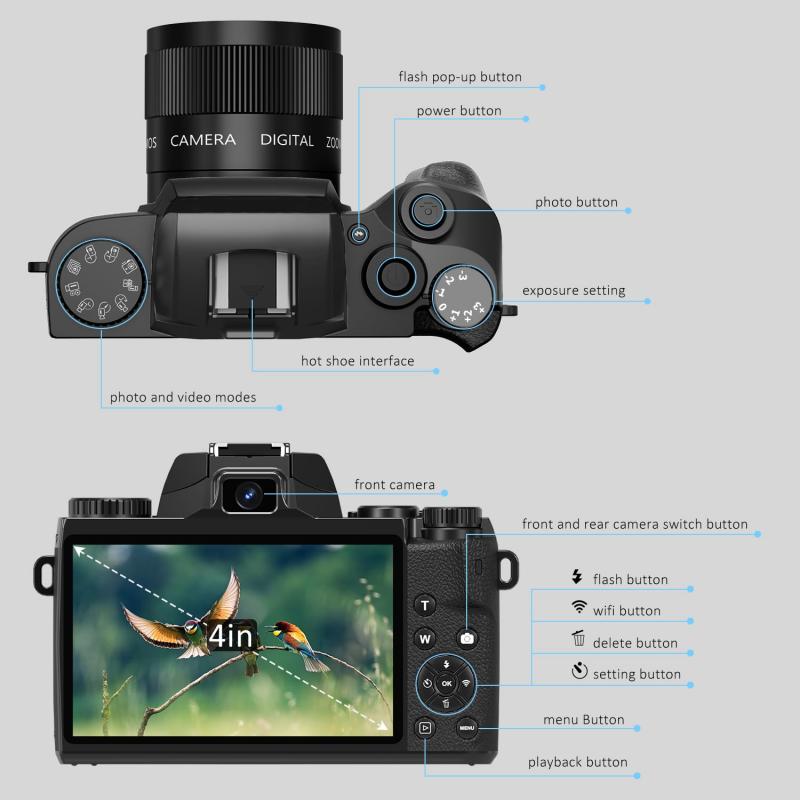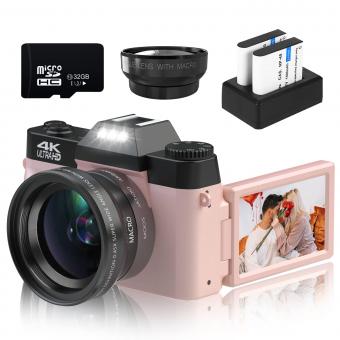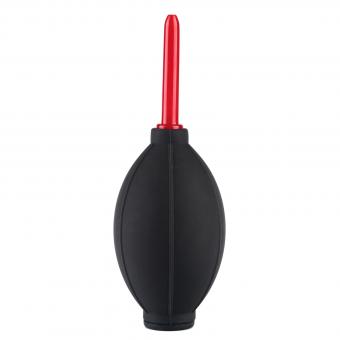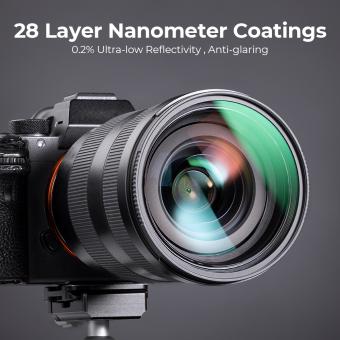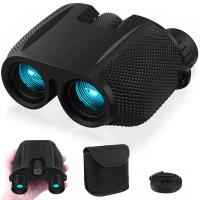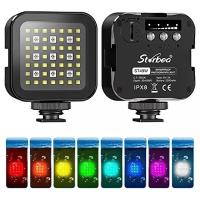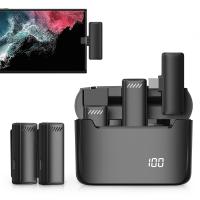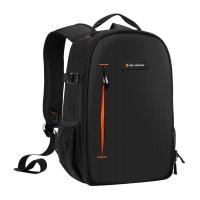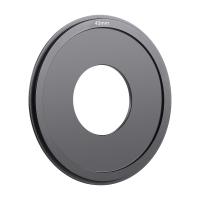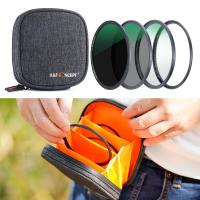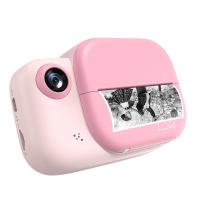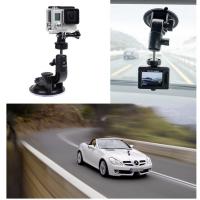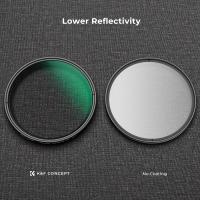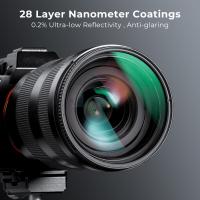How To Choose A Digital Camera Lens ?
When choosing a digital camera lens, there are several factors to consider. First, consider the type of photography you will be doing and the focal length you need. If you are shooting landscapes or architecture, you may want a wide-angle lens, while portraits may require a telephoto lens.
Next, consider the aperture of the lens. A wider aperture (lower f-number) allows for more light to enter the lens, which is useful in low-light situations and for creating a shallow depth of field.
Also, consider the image stabilization capabilities of the lens, especially if you will be shooting in low light or with a longer focal length.
Finally, consider the brand and compatibility with your camera body. Some camera brands have proprietary lens mounts, so make sure the lens you choose is compatible with your camera.
1、 Focal Length Range
How to Choose a Digital Camera Lens: Focal Length Range
When it comes to choosing a digital camera lens, one of the most important factors to consider is the focal length range. The focal length of a lens determines its angle of view and magnification, and different focal lengths are better suited for different types of photography.
The first thing to consider is the type of photography you will be doing. If you are interested in landscape or architectural photography, a wide-angle lens with a focal length of 10-24mm would be ideal. For portrait photography, a medium telephoto lens with a focal length of 85-135mm would be a good choice. For wildlife or sports photography, a telephoto lens with a focal length of 200-400mm or more would be necessary.
Another factor to consider is the maximum aperture of the lens. A wider maximum aperture allows for more light to enter the lens, which is important for low-light photography and creating a shallow depth of field. However, lenses with wider maximum apertures tend to be more expensive.
It is also important to consider the brand and compatibility of the lens with your camera. Different camera brands have their own lens mounts, and not all lenses are compatible with all cameras.
In recent years, there has been a trend towards mirrorless cameras, which offer smaller and lighter camera bodies and lenses. Mirrorless cameras also allow for the use of adapters, which can expand the range of lenses that can be used with the camera.
In conclusion, when choosing a digital camera lens, it is important to consider the focal length range, maximum aperture, brand and compatibility, and the type of camera you will be using. With these factors in mind, you can choose a lens that will best suit your photography needs.
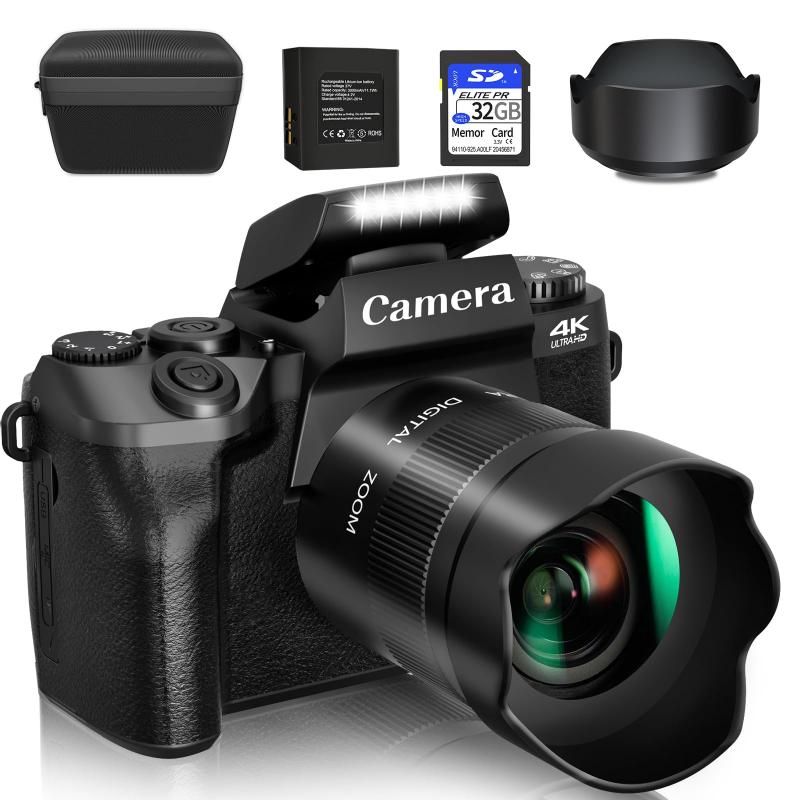
2、 Aperture
How to choose a digital camera lens? One of the most important factors to consider is the aperture. The aperture refers to the opening in the lens that allows light to enter the camera. It is measured in f-stops, with lower numbers indicating a larger aperture and higher numbers indicating a smaller aperture.
A larger aperture (lower f-stop number) allows more light to enter the camera, which is useful in low-light situations and for creating a shallow depth of field. A smaller aperture (higher f-stop number) allows less light to enter the camera, which is useful for capturing a wider depth of field and for creating sharp images throughout the frame.
When choosing a lens based on aperture, it is important to consider your shooting needs. If you frequently shoot in low-light situations or want to create a shallow depth of field, a lens with a larger aperture (such as f/1.8 or f/1.4) may be ideal. However, if you want to capture landscapes or other scenes with a wide depth of field, a lens with a smaller aperture (such as f/8 or f/11) may be more suitable.
It is also important to consider the quality of the lens when choosing based on aperture. A lens with a larger aperture may produce more background blur, but if the lens is not of high quality, the blur may appear soft or unappealing. Similarly, a lens with a smaller aperture may produce sharper images throughout the frame, but if the lens is not of high quality, the images may appear dull or lack contrast.
In the latest point of view, it is worth noting that some newer lenses have a variable aperture, meaning that the maximum aperture changes as you zoom in or out. This can be useful for versatility, but it is important to consider the maximum aperture at the focal length you will be using most frequently.
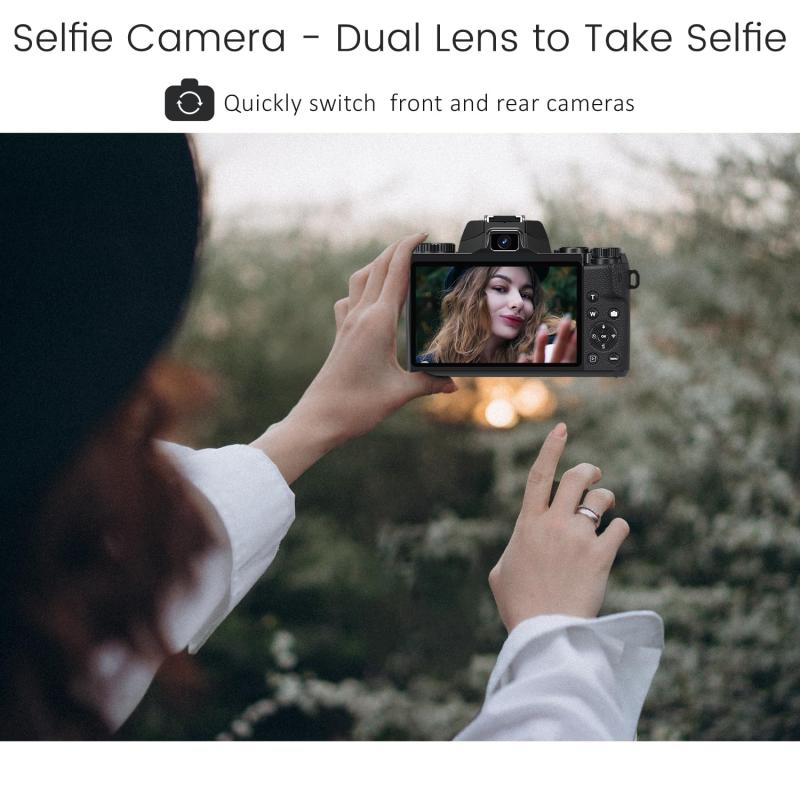
3、 Image Stabilization
How to choose a digital camera lens? One important factor to consider is image stabilization. Image stabilization is a technology that helps reduce camera shake and blur in photos and videos. It is especially useful when shooting in low light conditions or when using a telephoto lens.
When choosing a lens with image stabilization, there are two types to consider: optical and digital. Optical image stabilization (OIS) is built into the lens and physically moves the lens elements to compensate for camera shake. Digital image stabilization (DIS) is a software-based solution that crops the image and uses algorithms to reduce blur.
Optical image stabilization is generally considered to be more effective than digital image stabilization. However, it also tends to be more expensive. If you plan on shooting in low light or using a telephoto lens, it may be worth investing in a lens with optical image stabilization.
It's also important to note that not all camera brands use the same image stabilization technology. For example, Canon uses a technology called IS (Image Stabilization), while Nikon uses VR (Vibration Reduction). It's important to research the specific technology used by your camera brand and lens before making a purchase.
In recent years, some camera manufacturers have also introduced in-body image stabilization (IBIS), which stabilizes the camera sensor instead of the lens. This allows for image stabilization with any lens attached to the camera. However, IBIS is still a relatively new technology and may not be available on all camera models.
In conclusion, when choosing a digital camera lens, image stabilization is an important factor to consider. Optical image stabilization is generally more effective than digital image stabilization, but it may also be more expensive. It's important to research the specific image stabilization technology used by your camera brand and lens before making a purchase.

4、 Compatibility with Camera Body
Compatibility with Camera Body is one of the most important factors to consider when choosing a digital camera lens. It is essential to ensure that the lens you choose is compatible with your camera body. Different camera manufacturers have different lens mounts, and not all lenses are compatible with all camera bodies. For example, Canon lenses are not compatible with Nikon camera bodies and vice versa.
When choosing a lens, it is important to consider the type of camera body you have. If you have a full-frame camera, you will need a lens that is designed for full-frame sensors. If you have a crop-sensor camera, you will need a lens that is designed for crop-sensor cameras. Using a lens that is not designed for your camera body can result in vignetting, distortion, and other image quality issues.
It is also important to consider the autofocus system of your camera body. Some lenses are designed to work with specific autofocus systems, and using a lens that is not compatible with your camera's autofocus system can result in slow or inaccurate autofocus.
In addition to compatibility with camera body, it is also important to consider other factors such as focal length, aperture, and image stabilization. The latest point of view is that newer camera bodies and lenses are often designed to work together seamlessly, with advanced features such as in-body image stabilization and electronic communication between the lens and camera body. It is important to research and choose a lens that is compatible with your camera body and meets your specific needs and preferences.
